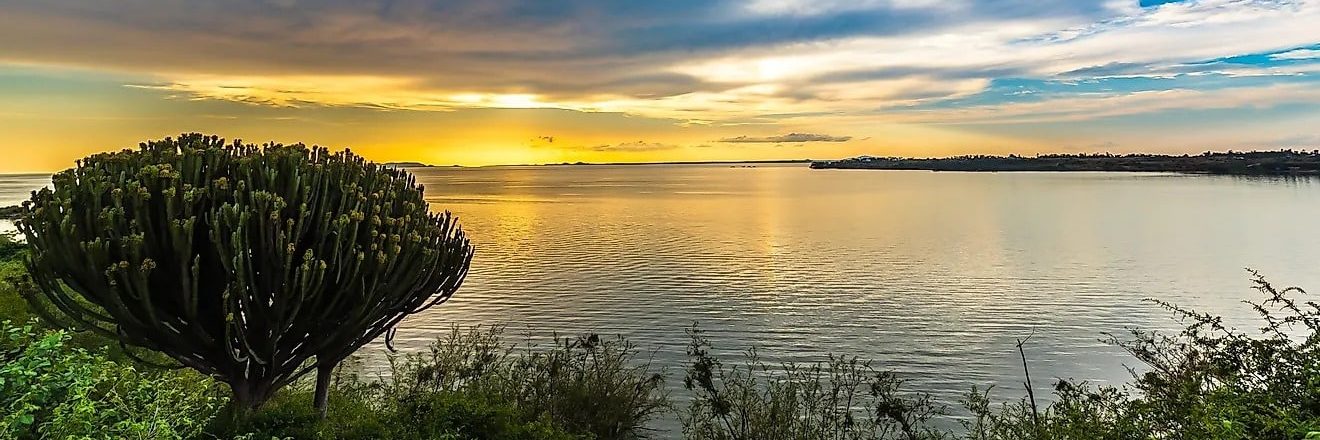The largest inland lake in Africa, Lake Victoria, is also the largest tropical lake in the world. It is often known as “The Pearl of Africa”. This unique African treasure, which covers a remarkable 68,800 square kilometres, is located in East Central Africa. It is located within an ancient region that shares borders with Tanzania, Uganda, and Kenya. A journey to explore all about Lake Victoria not only attracts those who love the outdoor and natural world but offers a broad understanding of Lake Victoria’s cultural significance and rich wildlife.
This Great African Lake is in an essential location because it is close to Tanzania’s and Uganda’s main safari game parks. It is the perfect add-on location for travellers visiting these areas to witness the magnificent gorillas or the yearly sight of the wildebeest migration. Lake Victoria is an outstanding option for those looking for a place that combines moments of peaceful relaxation with backpacking activities.
In a nutshell, Lake Victoria is a reflection of the world’s marvels, from its incredible wildlife to its great cultural significance. It’s a place that seeks exploration and promises an encounter with the core of Africa’s cultural and natural heritage.
Geography of Lake Victoria
Let’s discover all about Lake Victoria‘s amazing geography. With a remarkable 68,800 square kilometres of surface area, Lake Victoria is the second-largest freshwater lake in the world. Its widest point is about 80 kilometers, and its shoreline is more than 3,400 kilometers long. This makes Lake Victoria an immense natural wonder, and recognizing its size is just the start of learning about Lake Victoria.
The Kagera River, which is the major contributor, is one of several minor rivers and streams that flow into Lake Victoria, which lies inside the Great Rift Valley. This immense body of water supports the numerous ecosystems and communities that live along its coasts, which is an essential component of East Africa’s geography.
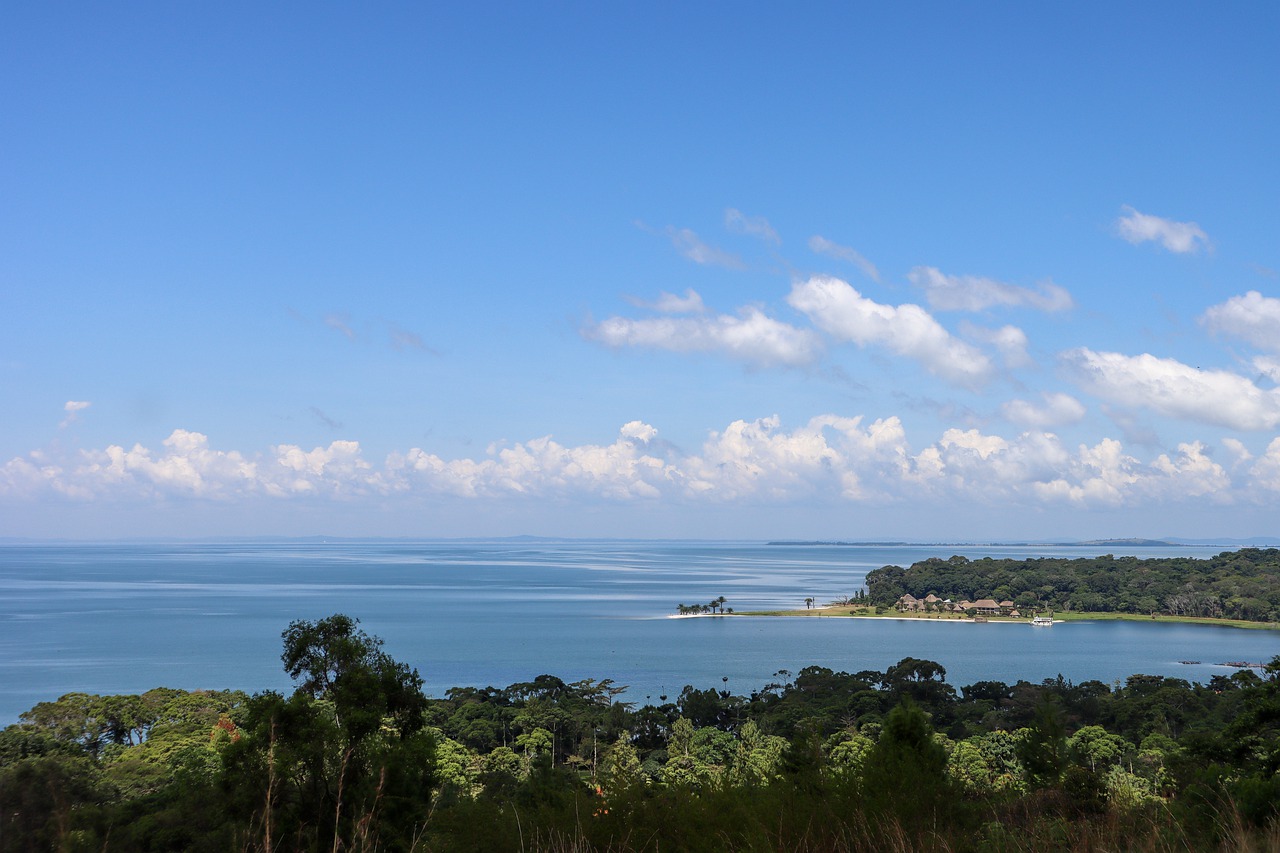
History of Lake Victoria
More ancient than colonial times, Lake Victoria has a long history. Indigenous groups including the Baganda, Banyankole, and Luo have long lived nearby, depending on the area’s abundant resources for trade and survival. The lake greatly influenced their cultures, which also provided a rich ecology for both people and wildlife.
The lake has experienced a number of environmental challenges over time, including pollution and invasive species. Conservationists have been working constantly to safeguard the distinctive wildlife that calls this gorgeous body of water home as part of ongoing efforts to maintain the delicate balance of Lake Victoria’s environment.
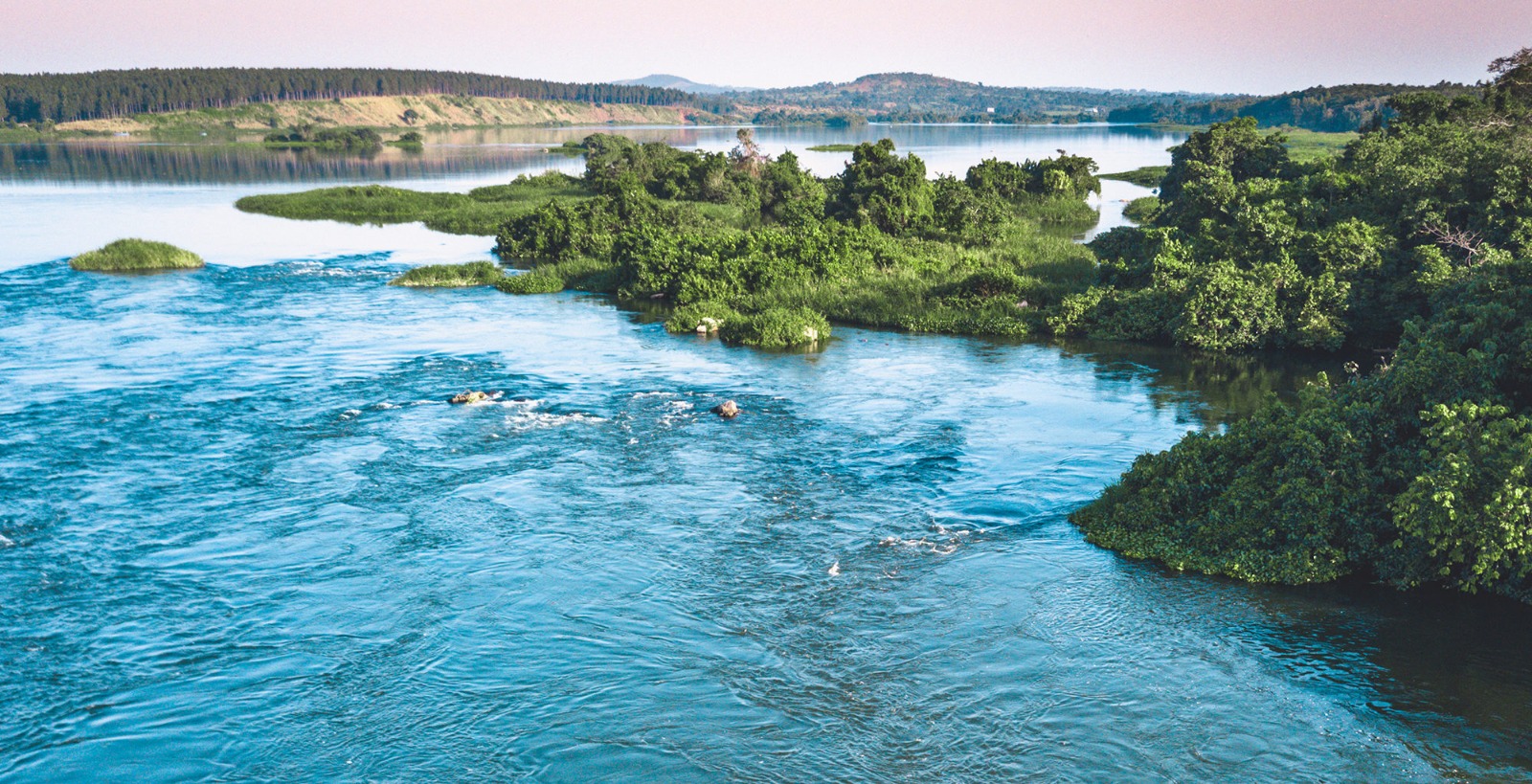
You can see that it is more than just a lake since it is a live representation of the complexity of human history and the resilience of nature. This is what gives you all there is to know about Lake Victoria, from its historic beginnings to its diverse wildlife, an enjoyable adventure.
Importance of Lake Victoria
The lake is a lifeline of East Africa. Millions of people depend on its rivers for their sustenance, transportation, and means of subsistence. The lake’s ecological importance also cannot be understated because Lake Victoria serves as a haven for a wide variety of wildlife and plants, many of which are unique to this planet.
Flora and Fauna of Lake Victoria
Lake Victoria’s wildlife is incredible, a delicate balance of life, including vivid aquatic plants, numerous fish species, fascinating wildlife, and more, is sheltered in its vast waters. This huge body of water, which is over 68,000 square kilometers in size, is more than just a lake; it is a vibrant ecosystem that is home to an incredible variety of flora and fauna.
Aquatic Plants in Lake Victoria
A staggering amount of aquatic plants adorn Lake Victoria, contributing not only to the lake’s physically amazing appearance but also to its ecosystem. Among the many species that live in this lake are water hyacinths, papyrus reeds, and lotus blossoms. These plants are crucial to maintaining the delicate balance of the lake because they provide homes and breeding grounds for fish and other aquatic life.
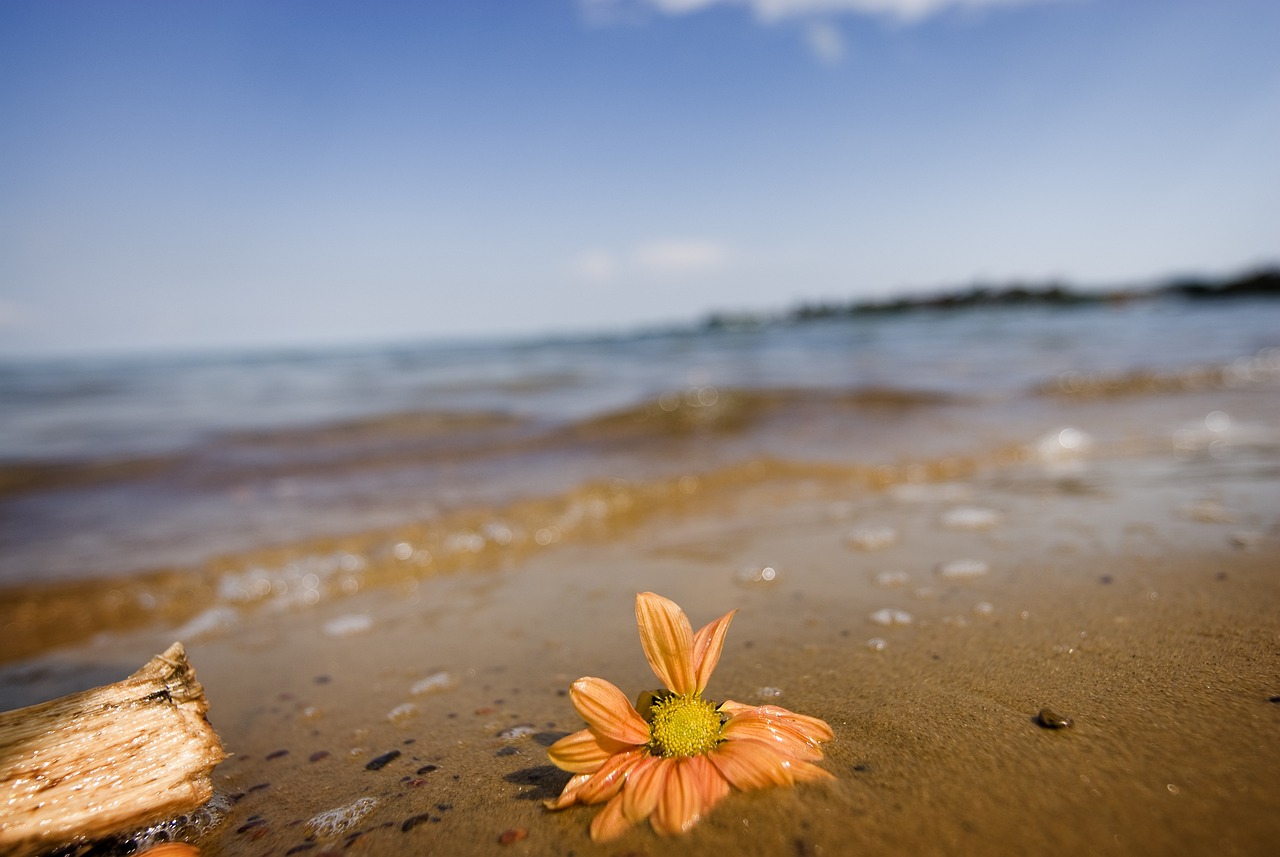
However, challenges with Lake Victoria have arisen recently, primarily due to the invasion of non-native species like water hyacinths. These invasive species have the potential to quickly spread, suffocating local vegetation and upsetting the balance of the lake’s ecosystem. There are actions being taken to lessen their effects and restore the equilibrium of this vulnerable ecosystem.
Fish Species in Lake Victoria
The variety and attractiveness of the fish species found in Lake Victoria are outstanding. This lake has recorded more than 500 species, many of which are unique to this planet. The Nile perch, tilapia, and haplochromis cichlids are well-known examples. Over thousands of years, these fish have grown and adjusted to the specific elements of the lake.
The effects of overfishing, habitat degradation, and the introduction of alien species are all apparent. To safeguard these rare species and ensure their survival for future generations, conservation activities are currently in progress.
Birdlife around Lake Victoria
For bird lovers, Lake Victoria is a paradise since it is one of the top water birding locations in the area. From the magnificent African Fish Eagle to the delicate Grey-crowned Crane, its shores provide a haven for a wide variety of bird species. In addition to adding a vivid tapestry of color and melody to the landscape, watching these magnificent creatures fly or gracefully wading in the shallows wonderfully showcases all about Lake Victoria.
Conservationists are aware of how crucial it is to safeguard these habitats for resident and migratory bird species. Regular attempts are being made to protect the avian wonders of Lake Victoria through initiatives including wetland protection, habitat restoration, and community education, ensuring that this natural gem continues to flourish for decades to come. This dedication is a wonderful example of the commitment to protecting Lake Victoria’s wildlife.
Environmental Issues
The second-largest freshwater body in the world, Lake Victoria, has faced numerous environmental difficulties during the past years. These include problems like pollution, habitat destruction, the reduction of biodiversity, and soil erosion. The shocking 80% decline in the lake’s native fish species highlights the vulnerable situation of Lake Victoria’s wildlife. Furthermore, the once-dense forest cover in the lake’s catchment area has been shockingly reduced by nearly 70%. The sensitive ecosystem of Lake Victoria has also been impacted by the deterioration in the water quality of the rivers that feed the lake, which now contain higher quantities of dirt and fertilizers.
Pollution in Lake Victoria
Millions of people have long relied on Lake Victoria’s crystal-clear waters for their food, which also support a thriving aquatic ecology. But in recent years, numerous types of pollution have put this essential resource at risk. Water quality has declined as a result of industrial discharge, inappropriate waste management techniques, and agricultural runoff.
The wildlife and lakeside residents are severely impacted. Fish populations, which provide countless communities with a living and food security, are in danger. The polluting of their natural habitat is also causing a dangerous decline in aquatic species that were formerly abundant and diversified in Lake Victoria.
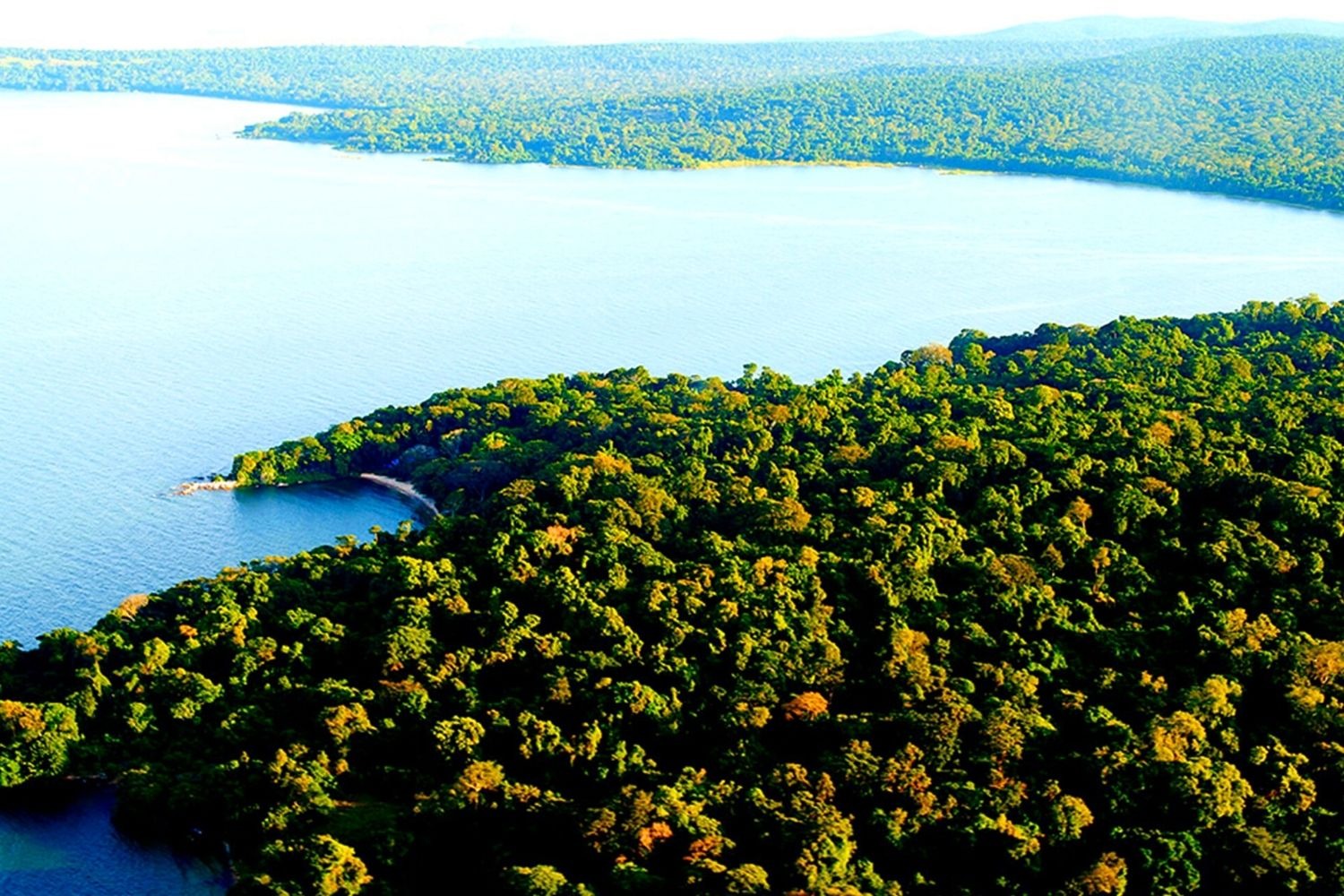
Invasive Species in Lake Victoria
Along with pollution, invasive species attack is a concern for Lake Victoria. This ecological threat, mostly caused by human activity, has disturbed the delicate balance of the lake’s environment. Since its introduction for sport fishing in the 1950s, the infamous Nile Perch has decimated local fish populations by establishing itself as a dominating predator.
This invasion has wide-ranging repercussions. The disappearance of native species, including the recognizable Victoria cichlids, threatens the vulnerability of the entire ecosystem, resulting in a loss of biodiversity.
Conservation Efforts
Despite these challenges, concerned people, groups, and governments have come together to form an alliance in defense of Lake Victoria and its priceless species. Initiatives for conservation cover a wide range of tactics, from large-scale governmental interventions to community-based conservation efforts.
Local communities are controlling their own futures by using sustainable fishing methods and taking part in habitat restoration initiatives. The implementation of cutting-edge waste management and pollution control strategies also ensures that the lake will continue to support a healthy ecology for future generations.
Cultural Significance
This vast body of water serves as more than simply a geographical feature. It also serves as a home for myths, a source of stories, and an inspiration for stunning works of art and crafts. Let’s explore Lake Victoria’s significant cultural significance by highlighting the indigenous peoples, their beloved traditions and tales, and the artwork and crafts that reflect the lake’s vibrant energy.
Indigenous Communities
Indigenous communities have lived around Lake Victoria’s shoreline for generations, each contributing to the region’s distinctive cultural mix. The lives of the Luo, Baganda, Basoga, and other tribes have coexisted peacefully with the lake, being closely linked with its tides.
The lake provides fish for trade and food, serving as a source of subsistence. Traditional methods that have been passed down through the years have been improved by the fishing communities. Their fishing practices are not just a means of survival but also a reflection of the complex bond they have with Lake Victoria.
Traditions and Stories
Old stories and customs echo throughout Lake Victoria’s shoreline. The mythological origins of the lake and those who live there are related in oral histories. The daily lives of the people are interconnected with the traditions of deities and spirits who guard the rivers.
These tales contribute as a connecting element, strengthening a sense of collective cultural identity among the lakeside communities. They emphasize the necessity for sustainable practices to maintain the fragile balance of Lake Victoria’s environment and remind the populace of their duty as guardians of this priceless resource.
Art and Crafts inspired by Lake Victoria
For many years, artists and craftspeople have found ideas in Lake Victoria’s sparkling waters. The vibrant colors, the play of light and shadow, and the diverse species that live near the lake offer an endless amount of inspiration.
Local artists effortlessly create beautiful artifacts that honor all about Lake Victoria. Paintings indicate the region’s diverse wildlife and beautifully carved wooden sculptures show how the lake’s moods change over time. Each work of art is a work of love and an actual representation of the deep bond that exists between the creator and the lake.
Recreational Activities
This amazing lake offers a retreat for nature lovers and adventure seekers alike with its vast span of captivating blue waters and lush surrounding scenery. The variety of activities that make a visit to Lake Victoria special. This natural treasure has various activities to offer, ranging from exhilarating water sports to breathtaking wildlife safaris.
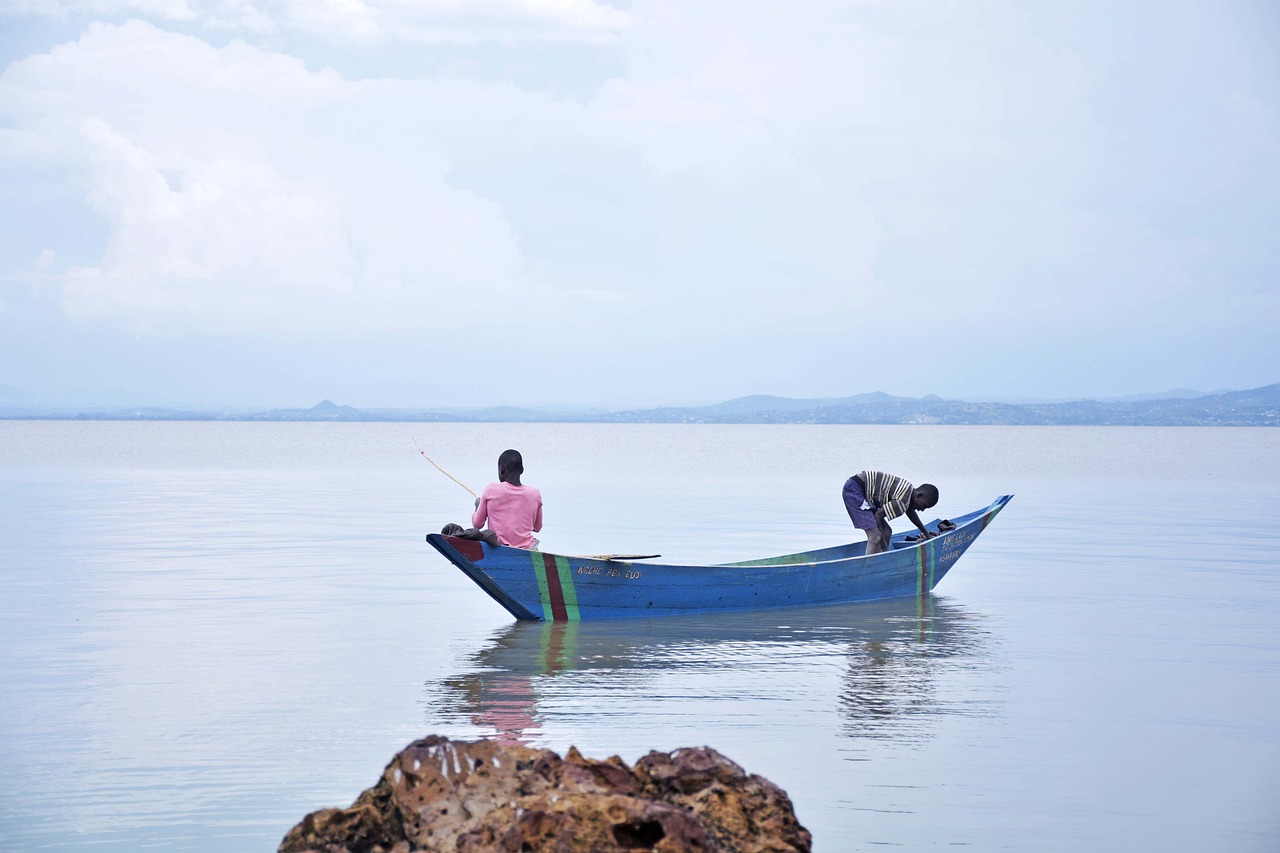
Water Sports on Lake Victoria
Water enthusiasts can play on Lake Victoria. Jet skiing and windsurfing are just a couple of the things you may try out on the glistening waters. While experienced professionals can test themselves with more difficult activities, the calm waves offer the perfect atmosphere for beginners. The best thing, though? It’s all about Lake Victoria, where the variety of marine life gives your journey an extra touch of charm. Whatever your preference, Lake Victoria offers countless chances for fun and adventure on the lake.
Wildlife Safaris and Tours
Both on land and in water, a wide variety of wildlife call Lake Victoria home. Experience the beauty of nature up close and learn about the many birdlife of the lake by going on an exciting safari trip. Watch a group of flamingos wading in the shallows, and see beautiful African fish eagles soaring across the sky, and see kingfishers and herons perched along the shore. Keep an eye for crocodiles and hippos as they laze in the water or sun, as well as the rare glimpse of a magnificent big cat. You might even see otters playing at the lake if you are lucky.
Exploring Lake Victoria’s wildlife will reward you with amazing encounters and a greater understanding of this unique natural world.
Camping and Hiking in the Surrounding Areas
Camping and hiking near Lake Victoria provide the ideal opportunity for anyone looking for a closer connection with nature. Set up your tent in the serene area and go off to sleep to the calming sound of the lake’s waves. Take a walk along one of the lush paths that circles the shoreline as dawn comes. The beautiful views of the large lake and the lush, rolling hills beyond are nothing short of magical. Experience the chirping birds, amusing monkeys, and gorgeous gazelles that call the Lake Victoria area home. It’s an opportunity to participate in life’s organic cycle in this amazing area of nature.
This thorough investigation has covered every aspect of Lake Victoria, showing that it is a true wonder of both nature and human culture. This lake is a symbol of the resilience of both human civilization and the natural world because of its immense size, its crucial location in the geography of East Africa, and its rich history combined with indigenous peoples. Lake Victoria’s importance is further highlighted by the extraordinary variety of wildlife it is home to, making it a haven for numerous species. But the lake also experiences environmental problems including pollution and exotic species, highlighting the urgent need for conservation initiatives. In simple terms, learning all about Lake Victoria and its biodiversity exposes an array of ecological wonder and cultural value that demands to be explored and protected for future generations.
If you loved reading this story, then subscribe to our blog here (it will ask to verify your email) to get inspiring travel stories and trivia delivered to your email. Stories about wildlife trivia, cultural experiences, curated luxury hotel lists, underrated places to travel, polar journeys, and much more.


